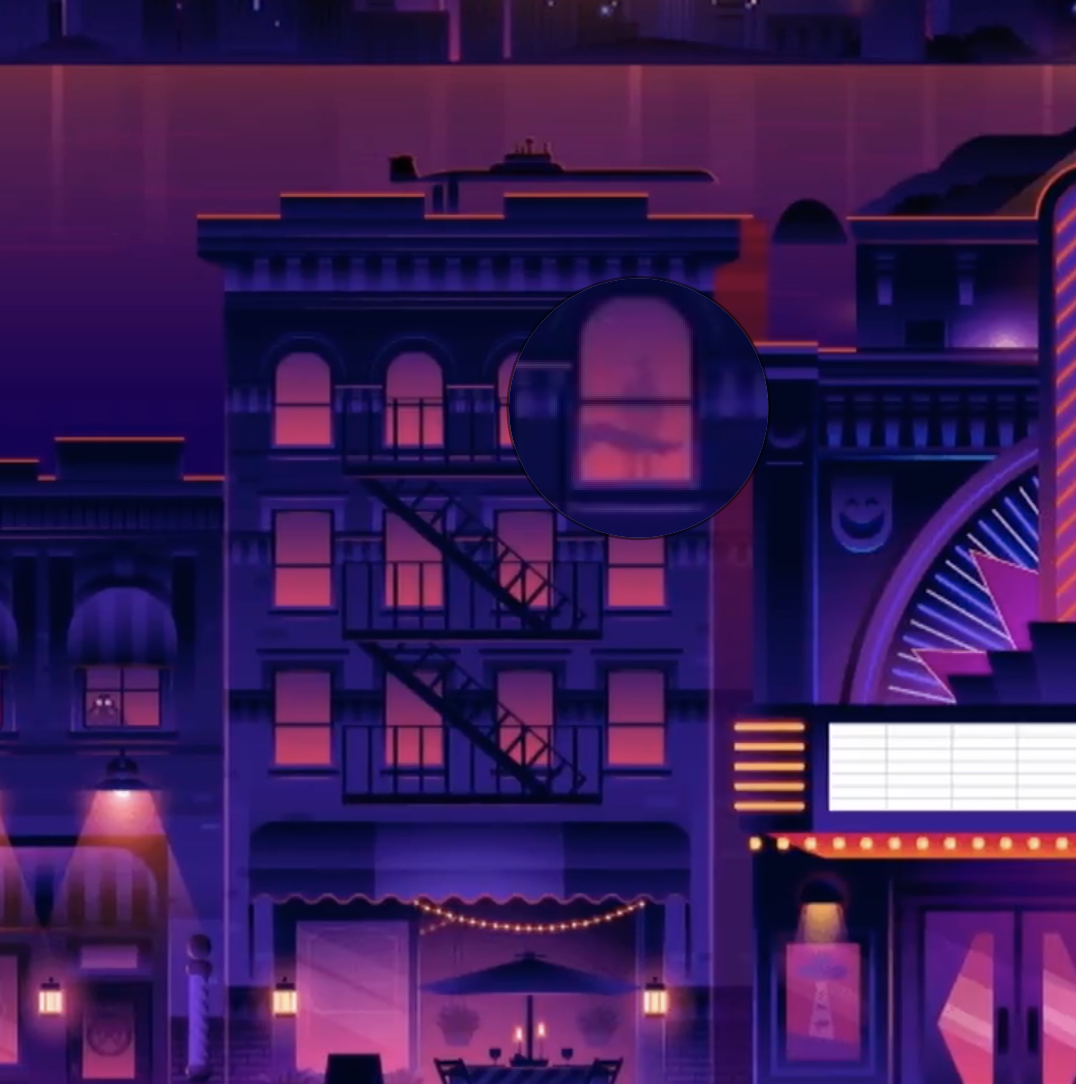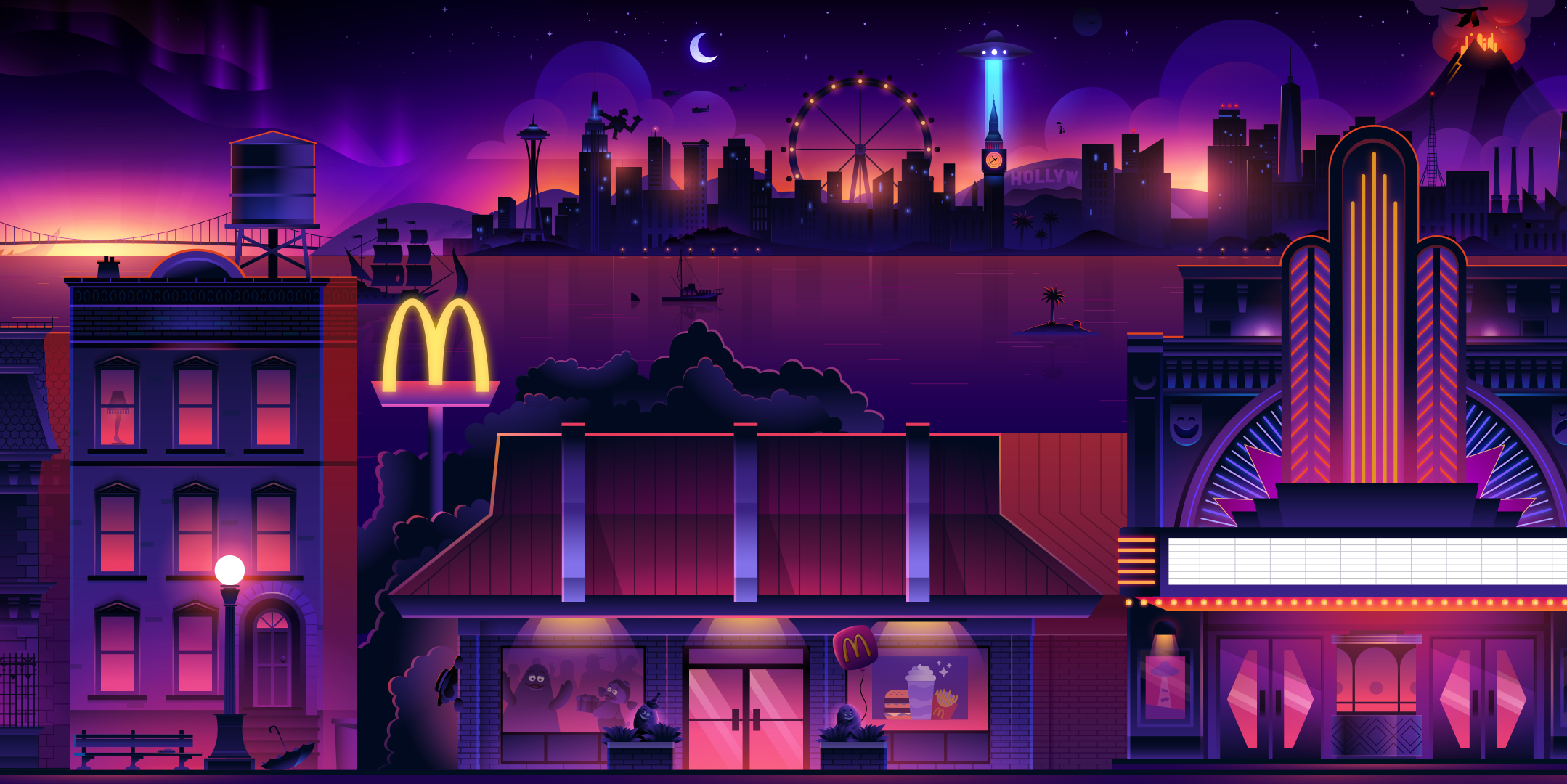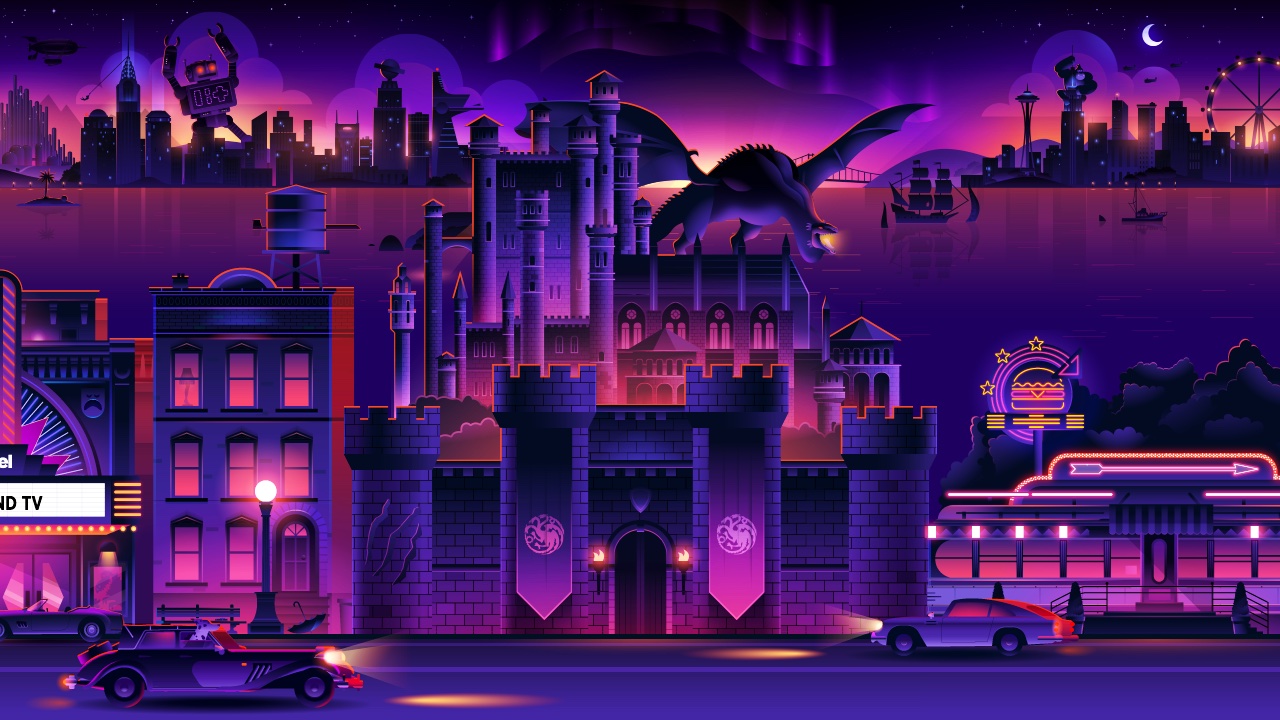All The References In Roku City

Roku City, the screensaver that has become synonymous with the Roku streaming platform, is more than just a colorful cityscape. It's a meticulously crafted tapestry of pop culture references, brand integrations, and inside jokes that have captivated viewers for years. Dissecting its layers reveals a surprisingly rich world of visual gags, leaving many to wonder just how many references are packed into this digital metropolis.
Beneath the bright lights and simplified architecture lies a complex network of allusions. This article aims to unpack some of the most prominent and subtle references within Roku City, exploring their origins and the potential reasons for their inclusion.
The Core of the City: What Makes it Tick?
Roku City is a constantly evolving cityscape. New elements are frequently added, removed, and subtly altered, ensuring the screensaver remains fresh and engaging for its audience.
The city's foundation lies in its buildings, each a caricature of recognizable brands and pop culture icons. While some are blatant, others require a keen eye and familiarity with the Roku ecosystem to fully appreciate the depth of the visual puns.
A Hodgepodge of Brands and Pop Culture
One of the most easily identifiable references is the presence of buildings adorned with names that mimic popular streaming services. Look closely and you’ll spot structures that resemble Netflix, Hulu, and Amazon Prime Video, albeit with slight variations to avoid direct copyright infringement.
For example, "Netflax" is a play on words, and "Hoolio" gives a visual wink at Hulu. These playful name changes have become a hallmark of Roku City's humor.
Beyond the streaming services, other brands also make appearances. A building resembling a fast-food restaurant might bear a name like "Burger Planet," a clear nod to popular burger chains.
Movie and television references abound. Keep an eye out for buildings that subtly resemble iconic structures from famous films or TV shows. While not always direct replicas, the architectural cues and color palettes often hint at their origins.
Beyond the Obvious: Deep Cuts and Easter Eggs
The true charm of Roku City lies in its deeper, more obscure references. These are the details that reward repeated viewings and spark conversation among dedicated Roku users.
For instance, some buildings feature internal references to Roku's own history and products. A building might be shaped like an old Roku remote or feature a slogan that was once used in a Roku advertising campaign. These easter eggs are a way for Roku to acknowledge its loyal fanbase and reward their attention to detail.
The color schemes used in Roku City are often carefully chosen to evoke specific emotions or associations. Certain colors might be used to reference specific holidays, seasons, or even trending news topics.
The Ever-Changing Landscape
Roku City is not a static image. The screensaver is regularly updated with new buildings, visual gags, and seasonal decorations. This ensures that the city remains fresh and engaging for viewers and gives them a reason to keep an eye out for new references.
According to Roku’s official statements, these updates are often timed to coincide with major events or holidays. During the holiday season, for example, Roku City might be decked out with Christmas trees, snowmen, and other festive decorations. During sporting events, buildings might be adorned with team colors and logos.
This dynamic nature of the city also allows Roku to respond to current events and trends. If a particular movie or TV show is trending, Roku might subtly incorporate a reference to it into Roku City. This responsiveness helps to keep the screensaver relevant and engaging for a wide audience.
The Significance of Roku City's References
The abundance of references in Roku City serves several purposes. Firstly, it makes the screensaver more engaging and entertaining for viewers. The constant stream of visual gags and pop culture allusions provides a sense of discovery and reward, encouraging people to keep watching.
Secondly, it helps to build a sense of community among Roku users. By referencing shared experiences and cultural touchstones, Roku City creates a sense of connection and belonging.
Finally, it serves as a subtle form of advertising. By subtly incorporating brand names and product placements, Roku City helps to keep these brands top-of-mind for viewers, without being overly intrusive or salesy.
Conclusion
Roku City is more than just a screensaver; it's a carefully curated collection of pop culture references and brand integrations. Its dynamic nature and attention to detail have transformed it into a cultural phenomenon.
As Roku continues to evolve its platform, it is likely that Roku City will continue to evolve as well, incorporating new references and easter eggs that will continue to delight and engage its audience.
The next time you see Roku City pop up on your screen, take a moment to look closer. You might just discover a hidden gem or a clever visual gag that you had never noticed before.


















